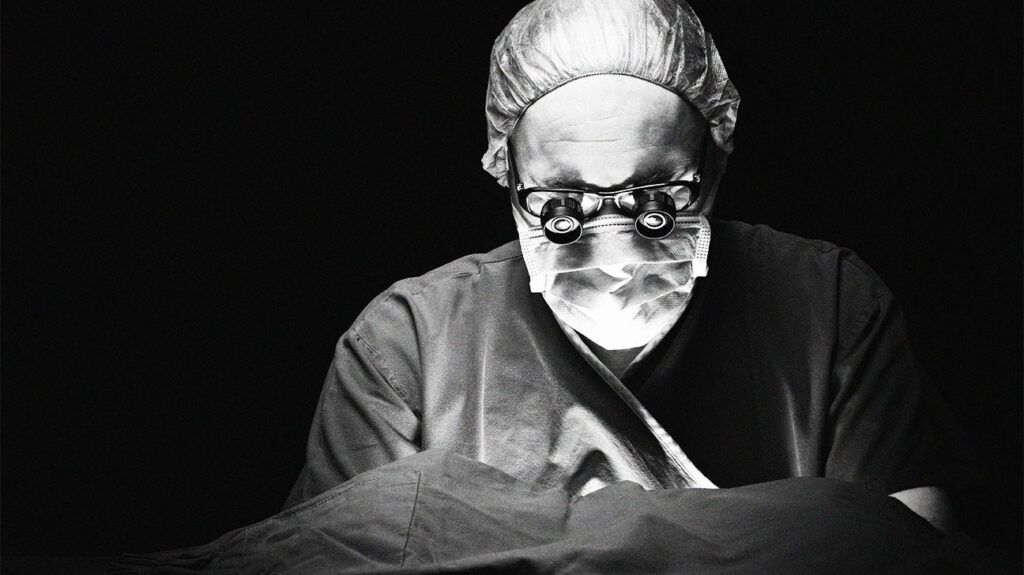A cranioplasty is a surgical procedure that allows surgeons to repair or reshape part of the skull. A person may need a cranioplasty after a traumatic brain injury or to correct abnormalities in the skull.
A cranioplasty may involve replacing a piece of the skull that a surgeon removed in a previous procedure, repairing damage to the skull caused by trauma, or reshaping the skull.
This article discusses why a person may require a cranioplasty, what to expect from the procedure, and the outlook after surgery.

A cranioplasty is a surgery focused on repairing or replacing part of the skull. Skull defects may include holes, fractures, malformations, or other weaknesses in the bone.
Depending on the individual’s specific circumstances and treatment plan, a surgeon may use various materials to repair or reshape the skull during a cranioplasty. These materials can be biological, such as bone taken from another part of the patient’s body, or synthetic.
Undergoing a cranioplasty
What conditions need a cranioplasty?
Conditions that may require a cranioplasty include:
- damage caused by traumatic injury
- holes or defects caused by previous surgeries
- congenital skull abnormalities
- infections causing loss of skull bone
- abnormalities in skull shape
- skull defects caused by radiation therapy (osteoradionecrosis)
- severe osteoporosis
- Paget’s disease
Before any major surgery, a person’s healthcare team must assess their condition and understand certain areas of their health to create a treatment plan. This may involve certain tests and examinations.
These may include:
- a medical history
- physical exam
- blood and urine tests
- electrocardiogram
- blood pressure
a neurological exam - liver and kidney function tests
- X-ray
- MRI
- CT scan
A person will attend appointments before their surgery where they can discuss any medication they are taking and ask any questions about the procedure.
Before undergoing a cranioplasty, a person should discuss with their healthcare team what to do to prepare for the procedure and what to bring with them on the day of their surgery.
This may include:
- photo ID
- health insurance card
- comfortable clothing
- toiletries
- any regular medications
- comfort items
- healthy snacks
Quitting smoking before surgery can help reduce the chance of complications both during and after the operation.
A person will usually be unable to eat or drink for a certain amount of time before surgery. Individuals must follow instructions from their surgical team about when they should stop eating and drinking.
In the operating room, the surgical team will administer anesthesia to make sure the person having surgery does not feel any pain. The type of anesthesia may depend on the individual case, but usually, a person will be asleep during the surgery.
During the procedure, the surgeon will make an incision in the scalp and reveal the affected area of the skull. The placement and size of the incision will vary for each procedure.
The surgeon will remove any damaged areas of bone if there are any. Then, the surgical team will place the material they use to reconstruct the skull. The surgical team will choose the material for the reconstruction based on a person’s specific condition and needs.
After completing the reconstruction, the surgeon will close the incision.
Immediately after a cranioplasty, a person will move to a recovery room or the ICU to receive care and monitoring as they wake up from anesthesia.
Aftercare may include:
- pain management
- wound care
- monitoring
- nutrition and hydration
- emotional support
A person may continue to need care after they leave the hospital and must restrict certain activities for a while, depending on their surgeon’s instructions. After a cranioplasty, a person will have several follow-up appointments to continue receiving care and sharing any questions or concerns with their healthcare team.
There are many ways that a person may benefit from receiving a cranioplasty. The benefits
Benefits include:
- protecting the brain
- restoring or altering physical appearance
- providing functional improvement (speech and facial movement)
- improving quality of life
- improving mental health conditions
- providing a long-term solution for skull defects
A cranioplasty is generally a safe procedure, but like any surgery, there is some risk of complications. Research suggests a cranioplasty’s major complication rate is 10–40%.
Possible complications include:
- infection
- bleeding
- implant displacement or failure
- seizures
- intracranial hematoma (collection of blood within the skull)
- hemorrhage
- recurrence of defect
- neurological deficits
- reactions to anesthesia
- stroke
- cerebral spinal fluid (CFS) leak
A surgeon will discuss the risks of a cranioplasty with the individual before the procedure and consider any risk factors that they may have.
After a cranioplasty, it is normal to stay in the hospital for several days to a week. Complete recovery may take several months.
During this time, a person may not be able to participate in some of their normal activities, and a person must follow the advice of their healthcare team after having a cranioplasty.
Restricted activities may include:
- driving
- strenuous exercise
- heavy lifting
- contact sports
- alcohol and tobacco use
The outlook after a cranioplasty depends on the initial reason for the procedure, as well as a person’s specific circumstances and risk factors. A 2019 study found that, after 24 months, cranioplasty significantly improved the quality of life for individuals with moderate or large cranial defects.
A cranioplasty is a procedure a surgeon may use to repair, reconstruct, or reshape a part of the skull. Sometimes, a person may need a cranioplasty following a previous surgery, during which the surgeon removed a section of the skull.
A surgeon may recommend a cranioplasty to treat many different conditions affecting the integrity of an individual’s skull. Following the procedure, many people experience improvements in their quality of life, including physical, social, and psychological improvements.
